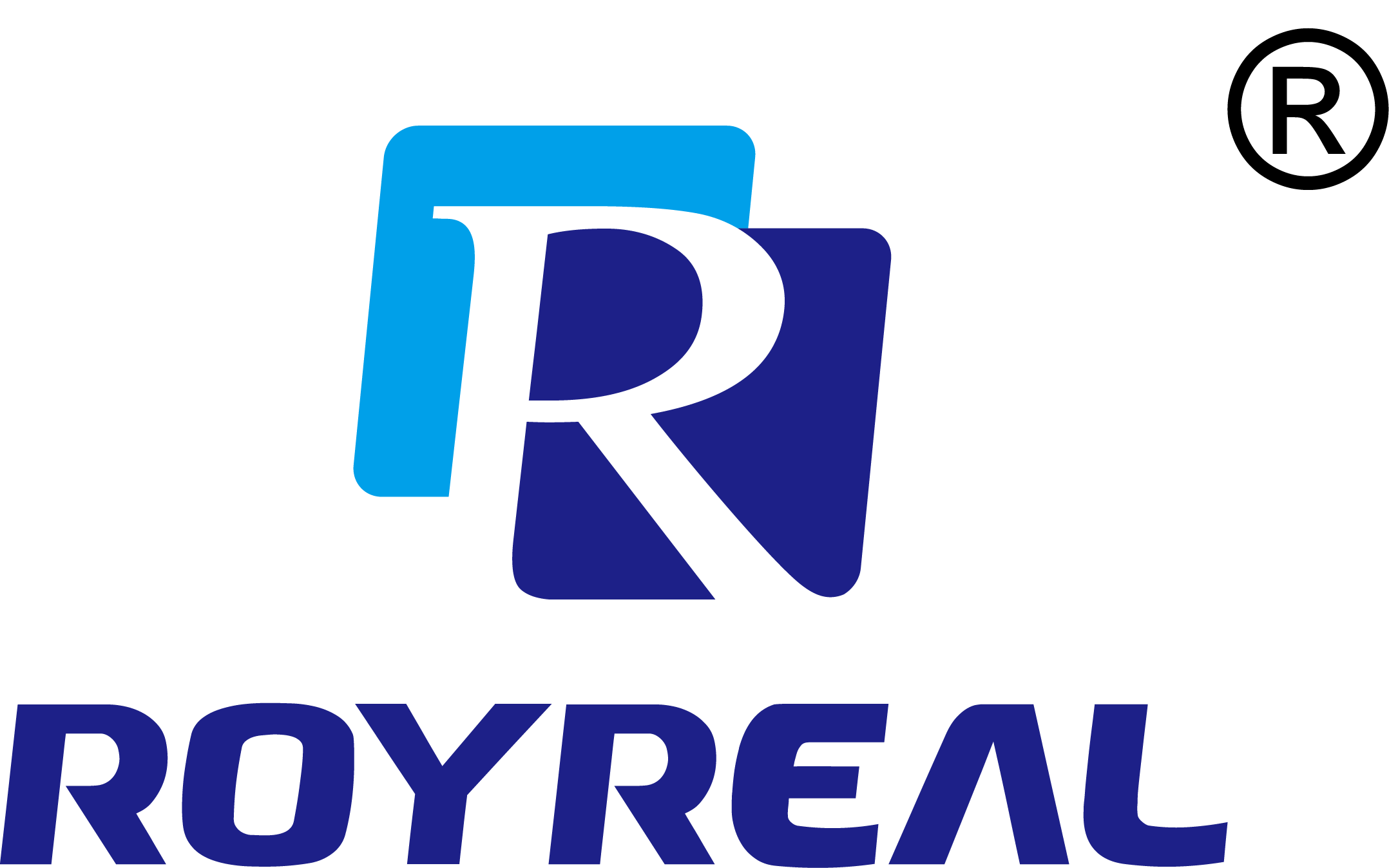The Significance of Wet Gas Meter Calibration in Instrumentation: Ensuring Accurate Measurement and Reliable Operations
Category: Industry News
Time:2024-12-09
Table of Contents:
1. Introduction: Understanding the Need for Wet Gas Meter Calibration
2. The Basics of Wet Gas Meter Calibration
3. Importance of Wet Gas Meter Calibration in the Oil and Gas Industry
4. Wet Gas Meter Calibration in Petrochemical Plants
5. Wet Gas Meter Calibration in Power Generation
6. Wet Gas Meter Calibration in Environmental Monitoring
7. Factors Influencing Wet Gas Meter Calibration
8. Best Practices for Wet Gas Meter Calibration
9. FAQs about Wet Gas Meter Calibration
10. Conclusion: Ensuring Accuracy and Reliability with Wet Gas Meter Calibration
1. Introduction: Understanding the Need for Wet Gas Meter Calibration
Wet gas meters play a crucial role in accurately measuring the flow rate of a mixture of gas and liquid. These meters are extensively used in various industries, including oil and gas, petrochemical, power generation, and environmental monitoring. To ensure precise measurement and reliable operations, regular calibration of wet gas meters is essential. In this article, we delve into the significance of wet gas meter calibration in instrumentation and explore its impact on different industries.
2. The Basics of Wet Gas Meter Calibration
Wet gas meter calibration involves comparing the readings of a meter with a known reference standard under controlled conditions. It helps determine the accuracy of the meter and ensures that the measurements are within acceptable limits. During calibration, various parameters such as flow rate, pressure, temperature, and composition are carefully controlled to simulate real-world operating conditions.
3. Importance of Wet Gas Meter Calibration in the Oil and Gas Industry
In the oil and gas industry, accurate measurement of wet gas flow is critical for production optimization, custody transfer applications, and process control. By calibrating wet gas meters, companies can minimize measurement uncertainties, avoid financial losses due to inaccurate measurements, and comply with industry standards and regulations. Calibration also helps identify potential meter faults or drifts, enabling proactive maintenance and reducing downtime.
4. Wet Gas Meter Calibration in Petrochemical Plants
Petrochemical plants rely on wet gas meters to monitor and control the flow of gases and liquids in various processes. Calibration of these meters ensures accurate measurement of feedstock, intermediate products, and final products. Precise metering is vital for maintaining product quality, optimizing production efficiency, and meeting environmental and safety requirements. Regular calibration also aids in detecting any abnormalities in the meter performance and facilitates corrective actions.
5. Wet Gas Meter Calibration in Power Generation
In power generation facilities, wet gas meters are used to monitor the flow of natural gas or other fuel gases, ensuring efficient combustion and power generation. Calibration of these meters is crucial for accurate billing, emissions monitoring, and compliance with regulatory standards. By calibrating wet gas meters, power plants can enhance fuel efficiency, minimize emissions, and optimize their operations.
6. Wet Gas Meter Calibration in Environmental Monitoring
Wet gas meters are deployed in environmental monitoring systems to measure emissions from industrial facilities and ensure compliance with air quality regulations. Calibration of these meters guarantees accurate emission measurements, enabling timely corrective actions to mitigate environmental impacts. Properly calibrated meters also provide reliable data for environmental impact assessments and enable effective pollution control strategies.
7. Factors Influencing Wet Gas Meter Calibration
Several factors influence the calibration of wet gas meters, including the type of meter, fluid composition, operating conditions, and maintenance history. Understanding these factors is crucial for selecting the appropriate calibration method, establishing calibration intervals, and interpreting calibration results accurately. Temperature, pressure, gas-to-liquid ratio, and impurities in the wet gas are some of the key parameters that affect meter calibration.
8. Best Practices for Wet Gas Meter Calibration
To ensure successful wet gas meter calibration, adherence to best practices is essential. These include selecting a reputable calibration service provider, following manufacturer guidelines, using traceable reference standards, maintaining proper documentation, and considering the overall measurement uncertainty. Regular maintenance, verification, and validation of the meter are also crucial to guarantee long-term accuracy and reliability.
9. FAQs about Wet Gas Meter Calibration
FAQ 1: How often should wet gas meters be calibrated?
It is recommended to calibrate wet gas meters at regular intervals, typically annually or biennially. However, the calibration frequency may vary depending on factors such as criticality of the measurement, environmental conditions, industry requirements, and meter manufacturer recommendations.
FAQ 2: Can wet gas meters be calibrated on-site?
Yes, on-site calibration is possible for certain types of wet gas meters. However, it requires specialized equipment, skilled technicians, and adherence to strict calibration procedures. In some cases, it may be more practical to send the meters to a calibration laboratory for accurate and traceable calibration.
FAQ 3: What is the impact of improper wet gas meter calibration?
Improper wet gas meter calibration can lead to inaccurate measurements, resulting in financial losses, compromised product quality, operational inefficiencies, and non-compliance with regulatory standards. It is essential to ensure proper calibration to maintain the integrity of measurement systems and optimize industrial processes.
FAQ 4: Can wet gas meter calibration be performed during normal operations?
Calibration of wet gas meters often requires interrupting the flow and removing the meter from the pipeline. Therefore, it is typically performed during planned maintenance or shutdown periods to minimize disruption to the operations. Adequate planning and coordination with relevant stakeholders are necessary to ensure a smooth calibration process.
FAQ 5: What are the common calibration methods for wet gas meters?
The most common calibration methods for wet gas meters include water draw calibration, gravimetric calibration, and comparison with a reference meter. The selection of the method depends on factors such as meter type, flow range, available facilities, and accuracy requirements.
10. Conclusion: Ensuring Accuracy and Reliability with Wet Gas Meter Calibration
Wet gas meter calibration plays a vital role in instrumentation by ensuring accurate measurement, reliable operations, compliance with industry standards, and optimization of industrial processes. With the proper calibration procedures and adherence to best practices, companies in various sectors can minimize measurement uncertainties, mitigate financial risks, and enhance overall operational efficiency. By understanding the importance of wet gas meter calibration, businesses can make informed decisions regarding their calibration requirements and contribute to their long-term success.
Keywords:
 EN
EN RU
RU SP
SP
